Many people have made claims about whether or not bananas contain seeds. Some say that they do, while others claim that they don’t exist at all. However, what most experts agree on is that yes, bananas definitely do contain seeds!
Many individuals believe that there are little brown balls in dried banana slices which look like small nuts. These were determined to be germs by some, making this theory seem more credible.
However, this hypothesis has been disproven as it cannot be confirmed without a microscope. There are no special features that define a seed in nature, so something with hairs does not make it one.
Furthermore, scientists can determine if anything is a true seed by looking at the number of chromosomes it contains. Germs usually have 23 pairs of chromosomes, whereas plants typically only have two. This confirms that whatever particles found in bananas are indeed seeds!
Seeds will eventually die down and break up into smaller pieces, but the ones from bananas remain stable for quite some time under warm conditions. This adds credence to their status as part of the plant family.
Why do bananas not have seeds anymore?
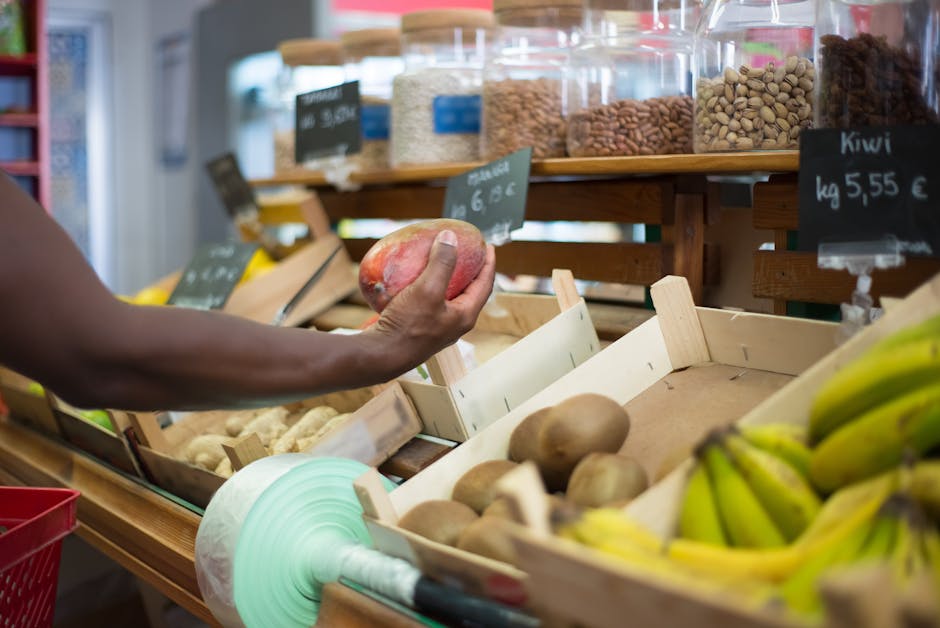
Many people wonder why banana plants don’t produce fruit with little white or brown balls like other plant species. This is where their fruits grow! These are called seeds, but they’re not quite right because they contain a lot of nutrition that helps them grow.
When bananas were first grown, farmers would accidentally leave some parts of the plant to ripen. When this happened, there was no way to know if these over-ripe pieces of tissue belonged to a developing seed or not. As you can probably imagine, this led to a huge amount of wasted food. Since these tissues contained enough nutrients for the plant to use, it made sense to throw out those bits instead of eating them.
So, what happened next? Plants with leftover immature seeds began producing new leaves and shoots in order to get more food. Unfortunately, these young plants could not process all of the nutritional resources in their seeds, so they failed to develop properly. The result? A bunch of sprouting leaves and nothing else!
This is how our current understanding of banana plants works – they cannot form mature seeds, so they devote their energy to creating extra growth instead. It seems like a waste of energy, but we need to remember that a hungry plant will always choose productivity over seeding any given resource.
That said, leaving banana skins on the plant for just the right length of time may be your best bet at getting seeded berries!
Where are the seeds in a banana located?

There’s no small amount of controversy surrounding whether or not bananas have seeds. Some say they do, while others believe they don’t. Either way, it doesn’t seem to matter much to most people!
Seeds are an important part of many foods that grow straight stems with little leaves attached. Grains are one example of this; wheat is made up of tiny, hard seeds that can be eaten like nuts.
Some plants lose their flowers as they develop larger fruits, and these parts sometimes contain special chemicals that help feed the plant. These “seeds” are not true seeds but are instead called locules, sacs, or glands.
If you look closely at a banana, you will probably notice white spots scattered here and there. These are usually chalked down to either dust particles or fat molecules settling in the fruit as it ripens.
But some claim those aren’t actually fats, and rather than melting away, they may be disappearing into something else within the tissue. They refer to these as lipid droplets, which apparently only exist in seed-containing fruits.
So, what about the seeds themselves? Are they really there, or are we just assuming so because everyone says they are? More importantly, where would they go if they did disappear?
Disclaimer: The information in this article isn’t meant to confirm anything nor does it intend to defend any theories. We simply wanted
How many seeds does a banana have?

If you look closely, you can see what looks like little brown dots under each slice of banana. These are not hairs or ticks, but instead, they are one of several types of seeds that a banana may contain.
Some people refer to these as chia seed-like grains, but they do not grow into plants like chia seeds do.
When bananas are ripe, there is a soft spot in the center which makes it easy to take a piece out without cutting all the way through the fruit.
This extra bit of flesh usually disappears within hours, so if you notice any loss, try rolling the pieces around your hands to feel whether they dry up and stick together or stay separate.
If they seem to be sticking together, then maybe put them in water for a few minutes and see if they soak up some liquid.
How do you get the seeds out of a banana?
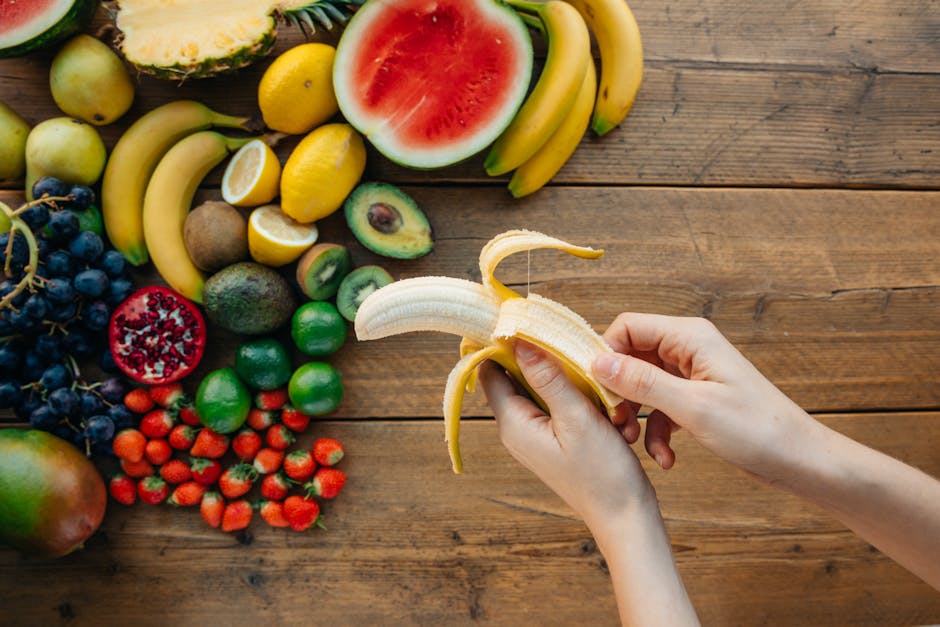
The green skin that covers most bananas is called the peel. If you pull off this layer, there are usually some brown spots in the inner part of the fruit. These are not seeds, but rather pieces of dried pulp that have broken down as the banana ripened.
If you look closer though, you may be able to make out what looks like a little black dot among these bits of chocolatey stuff. That’s your chance to test your knowledge about plants!
Does it look like a seed to you? It probably does – but only because plants breed with each other so frequently that plant experts refer to smallish, round things that grow into more plants as seeds.
But here’s the thing: Plants don’t always reproduce by growing their own offspring. Sometimes they’re fertilized by another organism, and those organisms can be animals such as cats or dogs, or they can be another type of plant. In fact, some plants require an animal’s saliva to set seeds (this is why people say eating fruits makes you very hungry).
what do banana seeds look like?
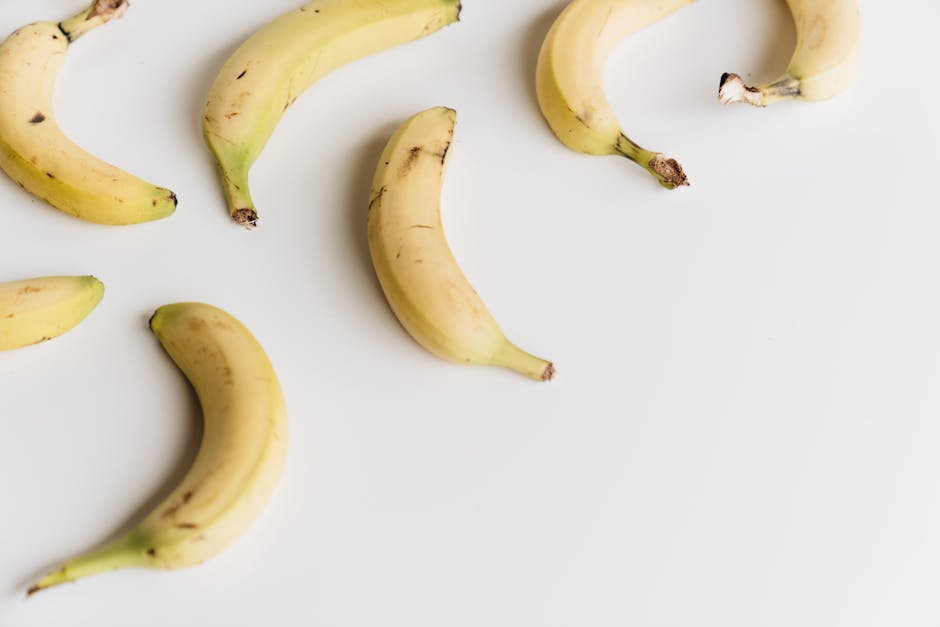
Most people are not aware that bananas can have seeds! This is very common for almost every type of banana you will find in stores or buying online. Some people even refer to them as “little sprouts” because they think they grow into another plant.
Sadly, this isn’t always the case- sometimes they germinate (grow) into something else such as a mushroom! While this may sound funny, it could be disastrous if one of these unexpected growths happens in your mouth where it can enter your body through digestion.
There has been an increasing amount of reports of people finding banana seed pieces in their digestive systems several days later. Many of these individuals were unaware they had eaten a banana when the symptoms began. It was only then that they realized how much they must have consumed!
It is important to know what banana seeds look like before eating them so that you can avoid ingesting any potentially harmful parts. Luckily, we got rid of the topic in the previous section! 😉
do wild bananas have seeds?
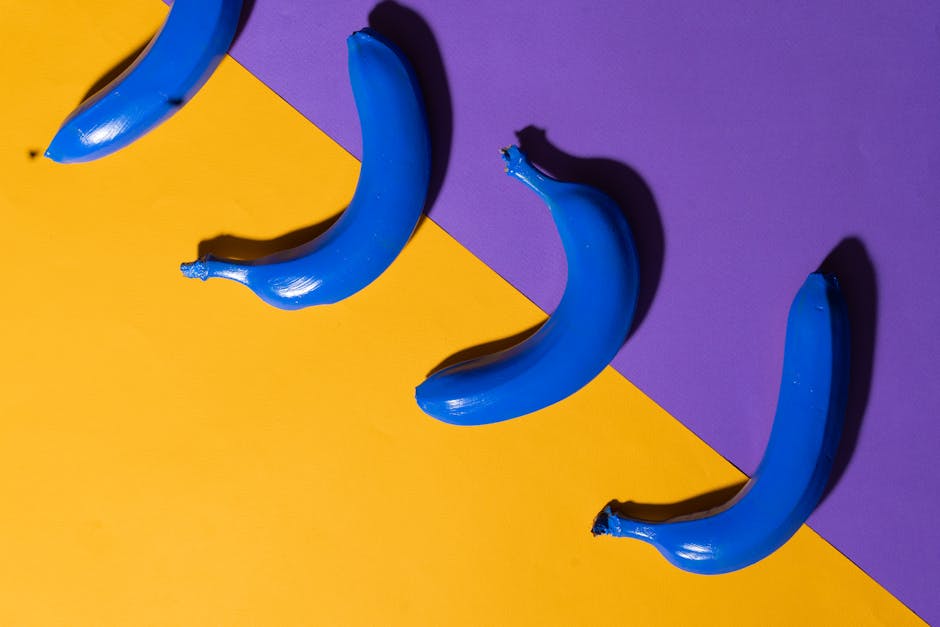
There are two main types of banana plants: fruiting, or plantain, bananas and dessert (or cooking) bananas. The difference is that fruit-banana plants grow tall vertical leaves to focus their energy on developing large fruits, while dessert bananas develop short thick leaves to channel their resources into starch for growth.
With this distinction in mind, it becomes clear that not only do both species contain an edible component, but they also differ slightly in texture as well.
Dessert bananas come from clones of the Sheyanov cultivar, which was first grown in Russia around 1900. These bananas can be found almost anywhere food stores carry fresh produce these days.
Plantains, or “fruit” bananas, were once much more common. They came from hybrids of the Musa acuminata and M. balbisiana varieties.
Hybridization between these two parent species occurs when individuals of one type meet and fertilize each other. This process produces offspring with characteristics inherited from both parents!
It is important to note here that although some plantain bananas may look similar to dessert ones, they will never mature into a fruit like the latter. That is why we refer to them as “vitelike” bananas–they start off as a kind of green vegetable!
When you cut into a ripe plantain, however, it will turn yellow and taste sweet just like a normal banana! Some people even describe the flavor as having an
Is it safe to eat banana seeds?
Most people are not too concerned about eating bananas due to their understanding of how seeds work. Banana seeds contain some important nutrients as well as small amounts of protein. They also contain fatty acids that help keep your heart healthy.
However, there have been reports of patients suffering an allergic reaction after ingesting raw or undercooked banana seeds. Allergies can be serious, so it is best to either cook them or remove them before consuming the rest of the fruit.
Banana seed allergies usually occur during pregnancy when women start eating fruits and vegetables for breakfast. Since most pregnant women consume at least one banana per day, this could be a problem for others who are sensitive to them.
Conclusion
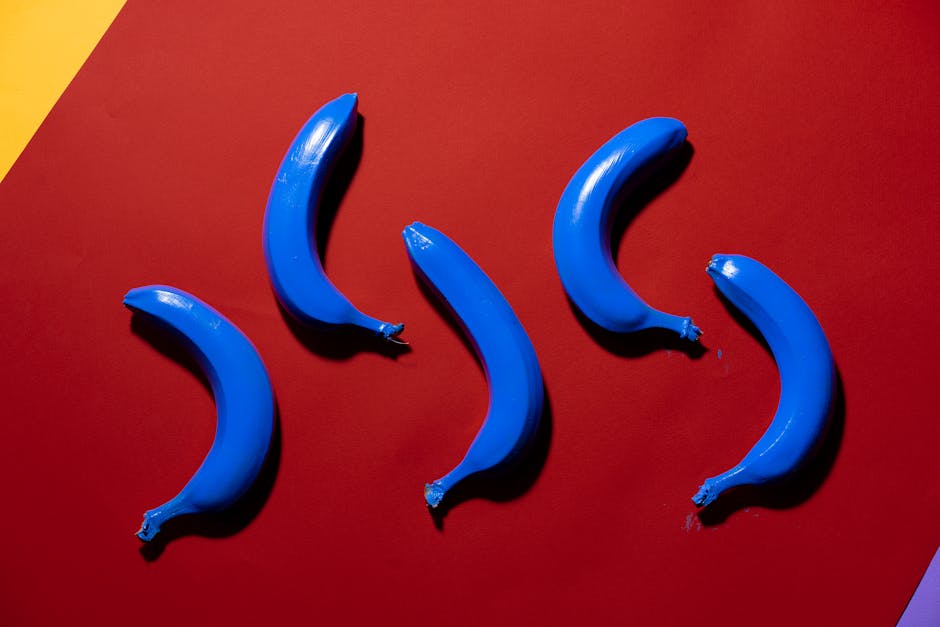
As mentioned earlier, most fruits have seeds to help spread the fruit pulp as they grow. This is not the case for bananas! There are some theories about why this happens but none of them seem totally conclusive.
Many people believe that it is because there are special cells in the peel of the banana that begin to produce another plant like structure called a lysite when under stress. When the plant dies, the remnants harden into what we call a seed.
This theory was put forward back in the 1960’s so it has been around for quite some time. It seems very plausible but no one can be sure if this really is the reason why bananas do not contain seeds.
Another theory says that the lack of seeds comes down to how the plants are grown. Either the skin does not get thick enough or the plant does not develop any kind of stem at all. If either of these occur then it is impossible to insert a seed without damaging the plant.

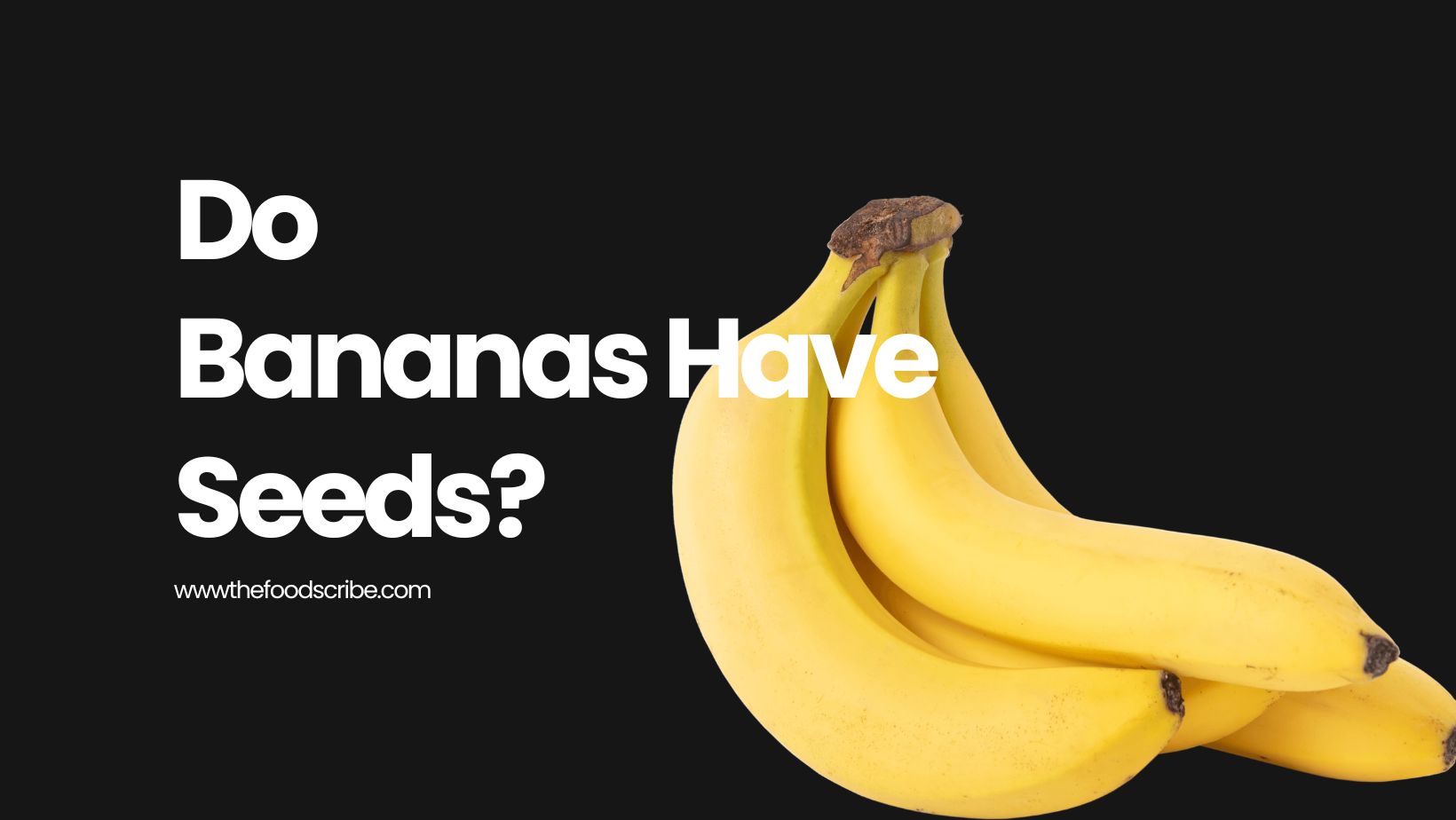
Leave a Reply